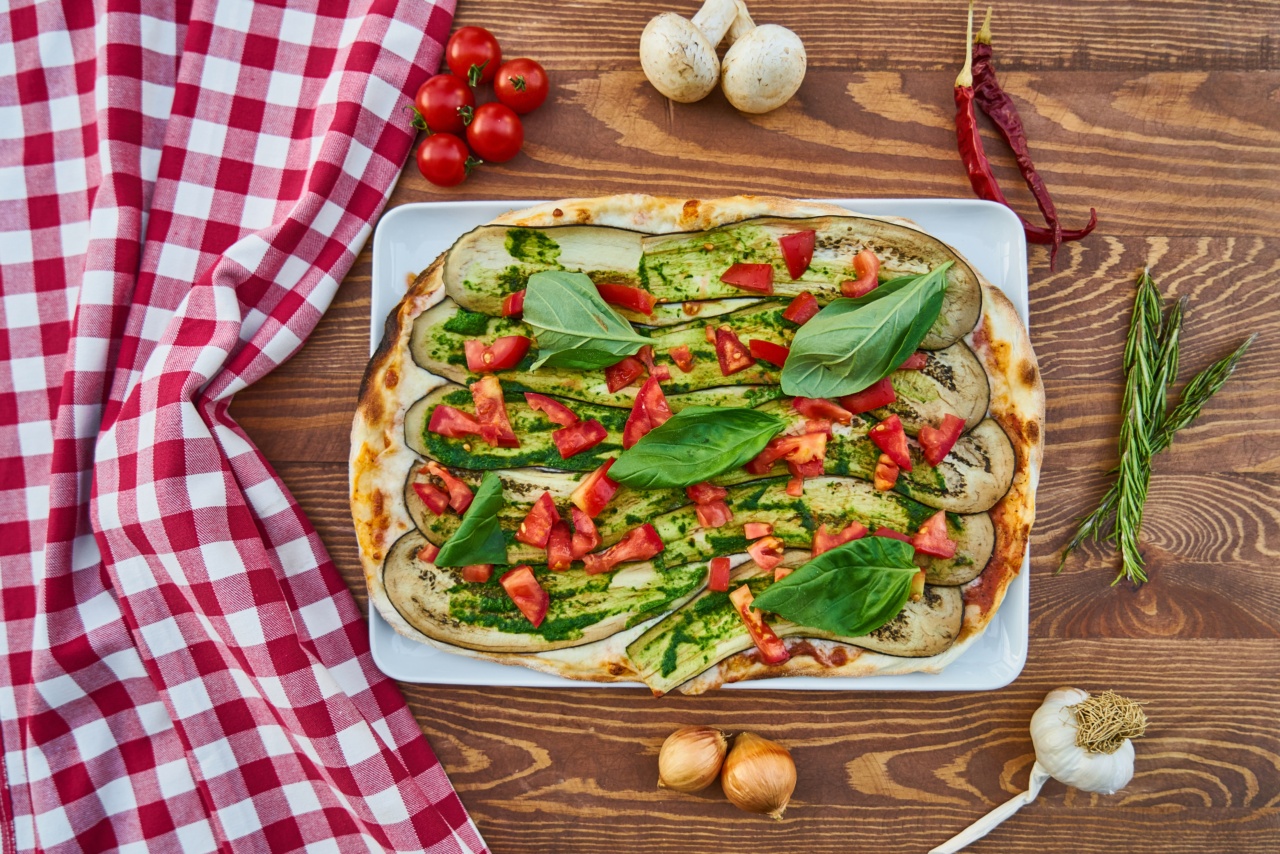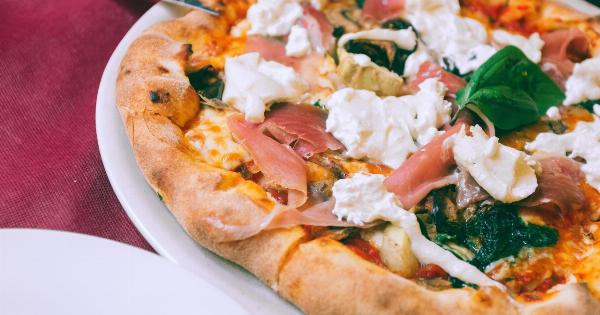When it comes to choosing a delicious meal that is also considered healthy, the options can sometimes be overwhelming. However, two popular choices that often come to mind are pizza and souvlaki.
Both have their unique flavors and ingredients, but which one wins in terms of health benefits? In this article, we will compare the nutritional value of pizza and souvlaki to help you make an informed decision on your next meal.
Pizza: The Beloved Italian Classic
Pizza is undoubtedly one of the most popular dishes around the world. With its crispy crust, mouthwatering cheese, and an array of endless toppings, it’s hard to resist.
However, when it comes to health, pizza can sometimes have a negative reputation due to its high calorie, fat, and sodium content.
The Nutritional Breakdown of Pizza
Despite its unfavorable image, pizza can still be enjoyed as a part of a healthy diet if chosen wisely. The nutritional value of pizza largely depends on the crust, toppings, and portion size.
The Crust
Traditional pizza crust is typically made from refined flour, which lacks the essential nutrients found in whole grains. This can lead to a higher glycemic index, causing spikes in blood sugar levels.
However, many pizzerias now offer whole wheat or gluten-free crust options, which are healthier alternatives.
The Cheese
Cheese is a staple ingredient in pizza and provides a good source of calcium and protein. However, it is important to choose wisely when it comes to the type and amount of cheese.
Opting for low-fat or part-skim cheese can significantly reduce the saturated fat content.
The Toppings
The choices of toppings on a pizza are endless, ranging from vegetables to various types of meats. Load up your pizza with an abundance of nutrient-rich vegetables like tomatoes, onions, peppers, mushrooms, and spinach.
Avoid excessive amounts of fatty and processed meats like pepperoni, sausage, and bacon to keep the calorie and fat content in check.
Portion Control
One of the keys to enjoying pizza while maintaining a healthy diet is portion control. Instead of devouring a whole pizza, consider sharing it with a friend or family member.
Pair it with a side salad or a vegetable-rich soup to create a well-rounded meal.
Souvlaki: The Greek Delight
Souvlaki is a popular Greek dish that consists of small pieces of meat and vegetables grilled on skewers. It is often served with pita bread and a variety of sauces and condiments.
Greek cuisine, in general, is renowned for its emphasis on fresh ingredients and healthy cooking techniques.
The Nutritional Breakdown of Souvlaki
Souvlaki is generally considered a healthier option compared to pizza due to its focus on lean proteins and vegetables.
The Protein
Meat is the primary source of protein in souvlaki. Chicken, pork, or lamb are commonly used and provide essential amino acids necessary for cell repair and growth.
Opting for lean cuts of meat and removing any visible fat can help keep the saturated fat content in check.
The Vegetables
Souvlaki is usually accompanied by an assortment of vegetables, such as tomatoes, cucumbers, onions, and lettuce. These vegetables not only add flavor and freshness but also provide a range of vitamins, minerals, and fiber.
The Pita Bread
Pita bread is a common accompaniment to souvlaki and is typically made from whole wheat flour. This provides more fiber and nutrients compared to traditional white bread.
However, it is important to watch portion sizes, as pita bread can still contribute to the overall calorie content of the meal.
Sauces and Condiments
While souvlaki is often served with various sauces and condiments, it’s important to be mindful of their nutritional composition.
Tzatziki, a yogurt-based sauce, is a popular choice that offers a creamy texture and a tangy flavor while being relatively low in fat. Avoid heavy mayonnaise-based sauces or excessive use of dressings to keep the calorie intake in check.
Conclusion: The Winner of Healthy Eating
Both pizza and souvlaki can be enjoyed as part of a healthy diet when chosen wisely and consumed in moderation. The key is to focus on quality ingredients, portion control, and balancing the meal with nutrient-rich side dishes.





























